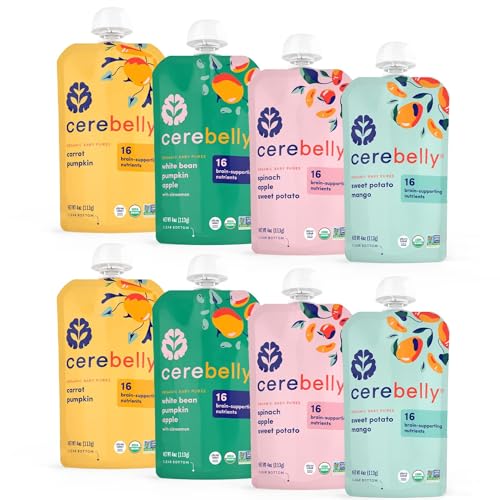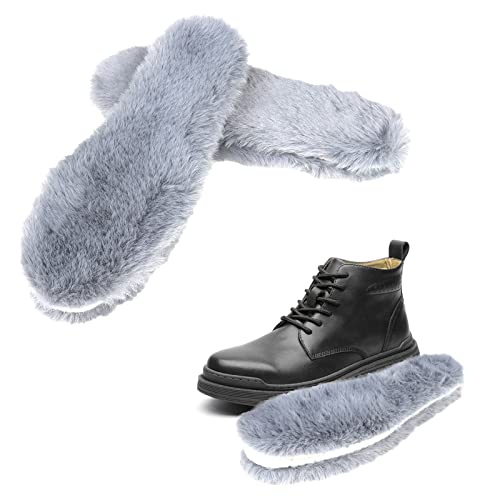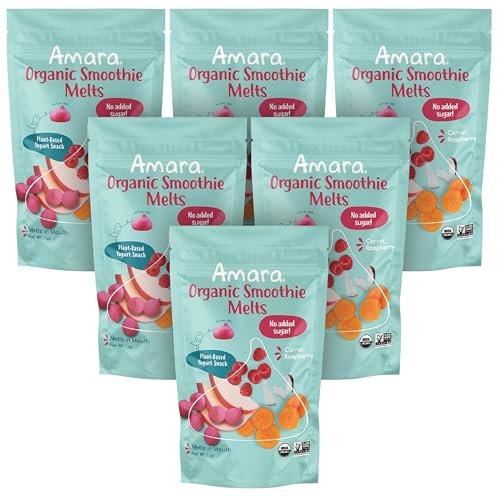GBov
Well-known member
I have been looking at adds for Angora wool/fiber and have noticed a few sellers saying their fiber is better than all the rest - and ESPECIALLY better than shorn fiber - because it was plucked and comes from the sides and back of the rabbit.
So it got me wondering, is plucked better? Or no different than shorn, fiber?
So it got me wondering, is plucked better? Or no different than shorn, fiber?



















































